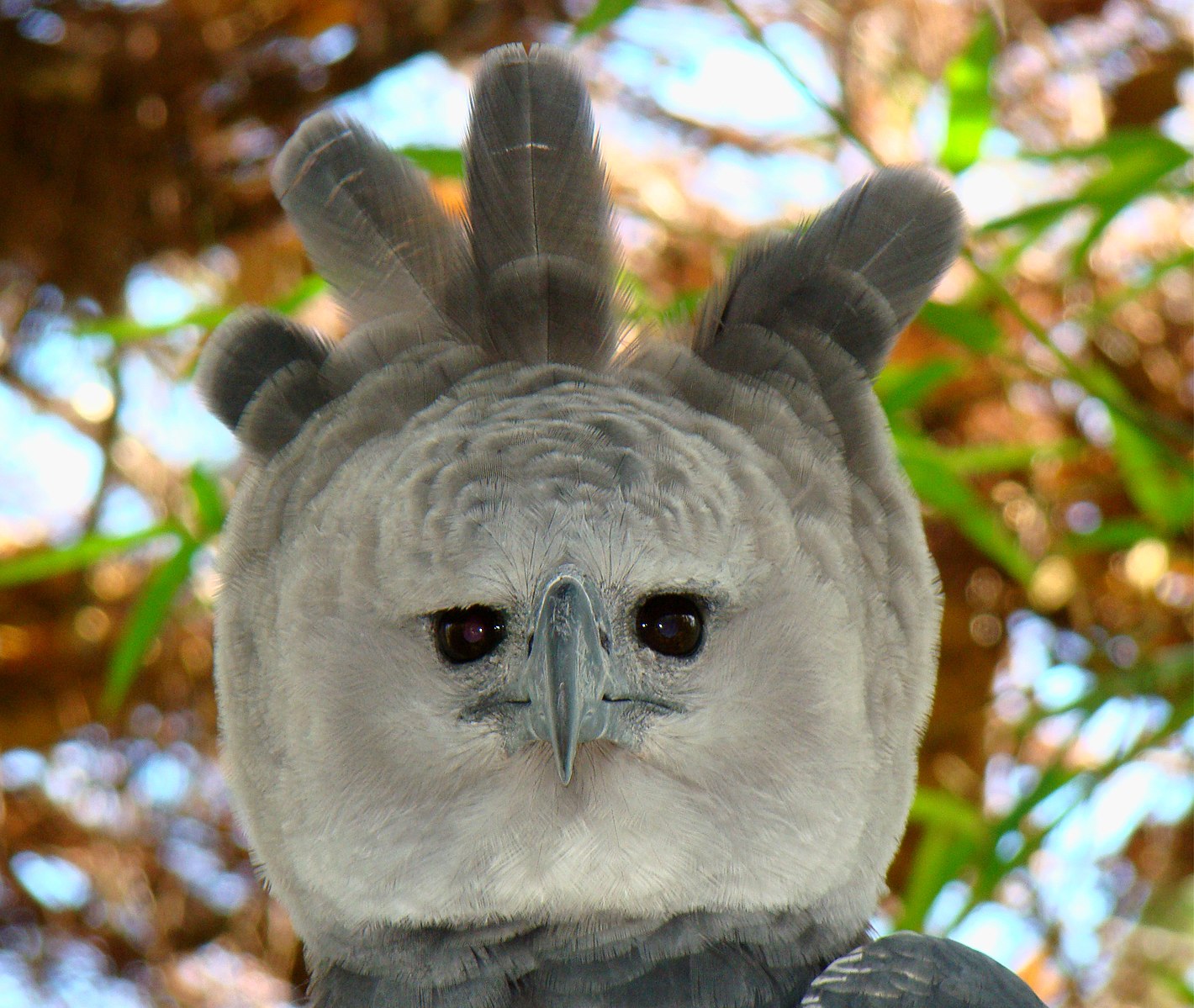The Harpy Eagle (Harpia harpyja) is a majestic bird of prey found in the neotropical forests of South America. These impressive raptors are known for their impressive size, powerful talons, and a lifespan that can reach up to 35 years in the wild.
The Exact Lifespan of the Harpy Eagle
The Harpy Eagle has a lifespan that typically ranges from 25 to 35 years in the wild. This long lifespan is a testament to the bird’s adaptability and resilience in its natural habitat.
Physical Characteristics of the Harpy Eagle
 Image source: Harpy Eagle by Bjørn Christian Tørrissen
Image source: Harpy Eagle by Bjørn Christian Tørrissen
The Harpy Eagle is one of the largest and most powerful eagles in the world. Females can grow up to 40 inches in length and weigh between 13 to 20 pounds, while males can reach up to 36 inches in length and weigh between 9 to 11 pounds. These birds are characterized by their distinctive dark gray feathers, white underside, and a black band of plumage spanning their neck. Their most notable feature is their massive talons, which can be as large as a grizzly bear’s claws and can exert several hundred pounds of pressure, enabling them to crush the bones of their prey.
Prey and Habitat of the Harpy Eagle
Harpy Eagles are apex predators and primarily prey on tree-dwelling mammals such as sloths, monkeys, and opossums. They will also occasionally hunt other birds, including macaws, and reptiles like iguanas. Females generally target larger prey due to their size, leaving smaller prey for the males.
These birds are found primarily in the large, uninterrupted forests of South America, including countries like Brazil, Ecuador, Guyana, Suriname, French Guiana, Colombia, Venezuela, Bolivia, Paraguay, Peru, and northeast Argentina. They spend the majority of their time in the forest canopy, where they can easily spot and ambush their prey.
Breeding and Nesting Habits
Harpy Eagles are monogamous and mate for life. They build large nests made of sticks and branches, lined with softer materials, at least 90 feet from the ground in tall trees such as the kapok tree, the Brazil nut tree, or the Cambara tree. The same nest is often reused by the pair over many years.
Females typically lay two eggs, but once the first egg hatches, the remaining egg is ignored and will not hatch. Both parents are heavily involved in protecting and raising the chick until it fledges, usually within 6 or 7 months. The chick may return to the nest over the next 6-10 months for occasional free meals, but the pair will only produce a chick every 2-4 years.
Conservation Efforts
The Harpy Eagle’s populations have declined significantly due to habitat loss from development, logging, and agriculture. As a result, the species is classified as vulnerable by the IUCN and threatened with extinction by CITES (appendix I).
Conservation efforts are underway to protect this magnificent species, including the Harpy Eagle Release Project by The Peregrine Fund, which aims to help harpy eagles in the wilderness.
Conclusion
The Harpy Eagle is a truly remarkable bird of prey, with a lifespan that can reach up to 35 years in the wild. Its impressive size, powerful talons, and unique hunting and nesting habits make it a fascinating subject of study and conservation efforts. As we continue to learn more about these majestic birds, we can better understand the importance of preserving their natural habitats and ensuring their long-term survival.
References:
– Harpy Eagle on the Animal Diversity Web
– Harpy Eagle Fact Sheet on the San Diego Zoo Website
– Harpy Eagle Blog Post on the PBS Nature Website


